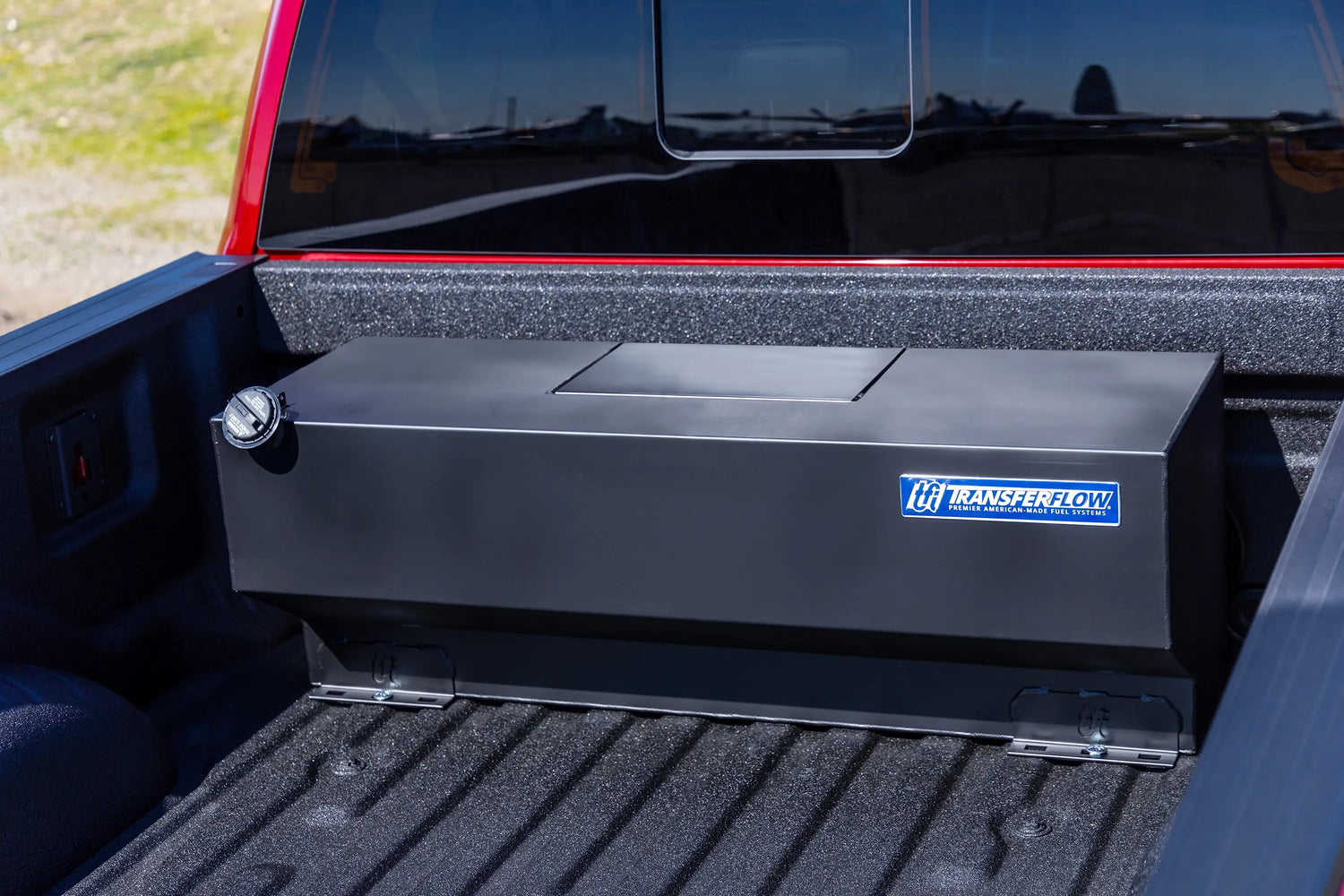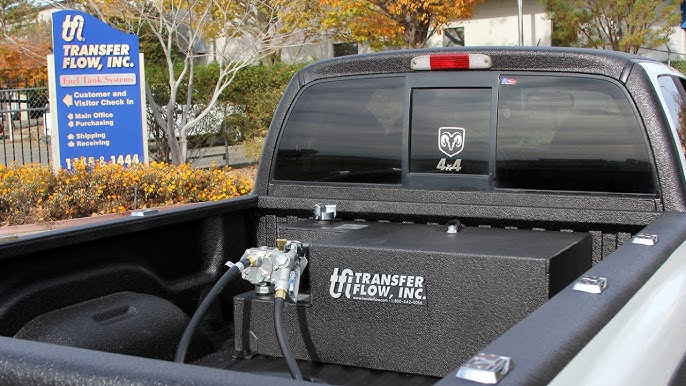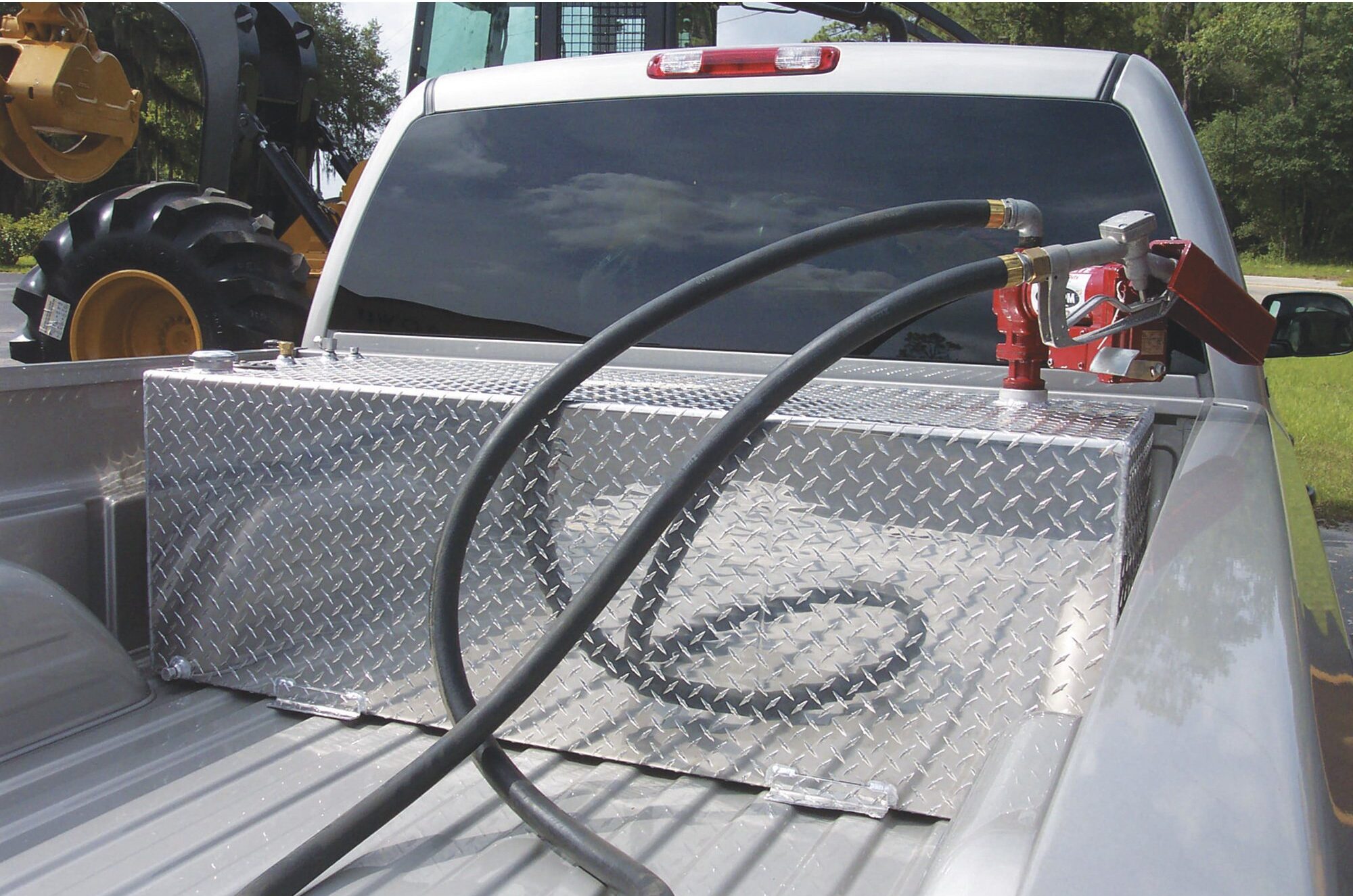Auxiliary Fuel Tanks for Pickup Trucks: A Complete Guide
Auxiliary Fuel Tanks for Pickup Trucks: A Complete Guide
If you’ve ever been on a long haul, towing a heavy load through remote areas, you know the anxiety of watching your fuel gauge dip towards “E.” For many truck owners, the factory fuel tank just doesn’t cut it. That’s where auxiliary fuel tanks for pickup trucks come in. These systems are game-changers for anyone who needs to go the extra mile—literally. This guide will walk you through everything you need to know, from the different types of tanks to the critical safety considerations, helping you make an informed decision to extend your truck’s range and boost your productivity.
Why Consider an Auxiliary Fuel Tank?
The primary reason for installing an auxiliary fuel tank is simple: increased range. But the benefits go beyond just driving further between gas station stops. Here’s a breakdown of the key advantages:

- Eliminate Range Anxiety: Explore remote job sites or embark on cross-country trips without constantly worrying about your next fill-up.
- Boost Towing Efficiency: Towing a heavy trailer drastically reduces fuel economy. An auxiliary tank means you can travel the same distance with fewer stops, saving you significant time.
- Potential for Fuel Savings: You can buy fuel in bulk when prices are low, filling both your main and auxiliary tanks to capitalize on better rates.
- Enhanced Convenience: For fleet managers or individuals who use their trucks for work, less time spent refueling means more time on the job.
Types of Auxiliary Fuel Tanks
Not all auxiliary fuel tanks are created equal. The right choice depends on your truck’s model, your intended use, and your budget. The main categories are replacement tanks and add-on tanks.
Replacement Tanks
These units completely replace your factory fuel tank with a larger, high-capacity one. They are often a sleek, integrated solution that maintains your truck’s original look and ground clearance. This is a popular option for those who want a permanent, OEM-style upgrade without sacrificing bed space.
Add-On Tanks
Add-on tanks are installed in addition to your existing factory tank. They are typically mounted in the bed, in the spare tire well, or underneath the truck frame. The most common types include:
- Transfer Flow Tanks: These are among the most popular and reputable systems. They often include an electric transfer pump to move fuel from the auxiliary tank to the main tank safely and efficiently.
- Gravity-Fed Tanks: A simpler, often more affordable option that relies on gravity to feed fuel. However, they can be slower and may not be legal in all states due to specific regulations on fuel transfer methods.
- Toolbox Combo Tanks: These are brilliant space-savers that combine a secure toolbox with a built-in fuel tank. They are ideal for tradespeople who need to carry tools and require extra range.
Key Factors to Consider Before You Buy
Choosing the right auxiliary fuel tank involves more than just picking the biggest one. Here are the critical factors you need to weigh.
Material and Construction
The build quality of your tank is paramount for safety and longevity.
- Polyethylene: Cross-linked polyethylene tanks are highly resistant to corrosion and impact. They are a top choice for their durability and lighter weight.
- Aluminum: Aluminum fuel tanks are strong, lightweight, and also resist rust. They are a common choice for many aftermarket manufacturers.
- Steel: While very strong, steel is susceptible to corrosion over time, especially in areas that use road salt.
Capacity and Installation
How much extra fuel do you really need? Auxiliary fuel tank capacities can range from 20 to over 100 gallons. Consider your typical driving needs. A 40-gallon tank might double your range, which is sufficient for most users. Also, think about installation. While some mechanically inclined individuals may attempt a DIY install, this is one area where professional installation is highly recommended. A certified installer will ensure the tank is mounted securely, the plumbing is correct, and all safety standards are met.
Legal and Safety Compliance
This is non-negotiable. In the United States, the Department of Transportation (DOT) and the Environmental Protection Agency (EPA) have regulations concerning auxiliary fuel tanks. For instance, portable tanks or gravity-fed systems that vent to the atmosphere are often not compliant for use on public roads. You must choose a tank that is permanently mounted and uses a closed-vented system. Always check that the tank is certified to meet FMVSS (Federal Motor Vehicle Safety Standards) requirements. As Mike Brown, a certified master mechanic with over 20 years of experience, states, “Cutting corners on a fuel system isn’t just a bad idea—it’s dangerous. Always insist on DOT-compliant equipment and professional installation to protect yourself and others on the road.”

Comparing Top Auxiliary Fuel Tank Brands
To help you in your selection process, here’s a quick comparison of some leading brands in the market.
| Brand | Key Features | Best For | Approx. Price Range |
|---|---|---|---|
| Transfer Flow | DOT-certified, wide range of sizes, integrated transfer pumps | Serious users needing reliability & compliance | $1,000 – $3,000+ |
| Titan Fuel Tanks | Large-capacity replacement tanks, durable construction | Maximum range without bed space loss | $1,500 – $2,500+ |
| RDS | Toolbox combo tanks, versatile options | Tradespeople needing tool storage & extra fuel | $800 – $1,800 |
The Installation Process: What to Expect
A professional installation of an auxiliary fuel tank for your pickup truck is a detailed process. It typically involves safely raising the vehicle, mounting the tank securely to the frame, running new fuel lines, installing an electric transfer pump and switch, and wiring it into your truck’s electrical system. The installer will also test the system thoroughly for leaks and proper operation before returning your vehicle. The entire process can take a full day. According to a 2022 SEMA survey, the aftermarket fuel systems sector saw a 12% growth, underscoring the popularity of these upgrades and the importance of a skilled installation network.
Maintenance and Best Practices
Once installed, your auxiliary tank requires minimal but important maintenance.
- Regularly inspect the tank, lines, and connections for signs of wear, damage, or leaks.
- Use a fuel stabilizer if you plan to store fuel in the tank for extended periods.
- Cycle through the fuel in your auxiliary tank regularly to keep it fresh.
- Follow the manufacturer’s specific maintenance schedule for the transfer pump.
Frequently Asked Questions
Q: Are auxiliary fuel tanks legal in all 50 states?
A: They are legal if they are permanently mounted, DOT-compliant, and meet specific state emissions regulations. Portable, unvented tanks are generally not legal for on-road use. Always verify with the manufacturer and your local regulations.
Q: Can I install an auxiliary fuel tank myself?
A: While it is technically possible for an experienced DIYer, it is strongly discouraged. Improper installation can lead to fuel leaks, fire hazards, and voided warranties. The complexity of fuel and electrical systems makes professional installation the safest choice.

Q: How much does a full auxiliary tank system cost?
A: The total cost varies widely based on tank capacity, brand, and installation fees. A basic system can start around $800, while a high-capacity, professionally installed system can cost $3,000 or more.
Q: Will an auxiliary fuel tank void my truck’s warranty?
A: According to the Magnuson-Moss Warranty Act, a manufacturer cannot void your warranty simply for installing an aftermarket part. However, if they can prove the auxiliary tank directly caused a failure, the repair for that specific issue may not be covered. It’s best to discuss major modifications with your dealer.
Final Thoughts
Investing in an auxiliary fuel tank for your pickup truck is a significant upgrade that offers freedom, convenience, and efficiency. By understanding the types of tanks available, prioritizing safety and compliance, and choosing a reputable brand installed by a professional, you can transform your truck into a long-range hauler capable of tackling any journey. Do your research, plan your budget, and enjoy the peace of mind that comes with having plenty of fuel on board.
Sources:
Transfer Flow Official Site

National Highway Traffic Safety Administration (NHTSA)
Specialty Equipment Market Association (SEMA) 2022 Market Report







